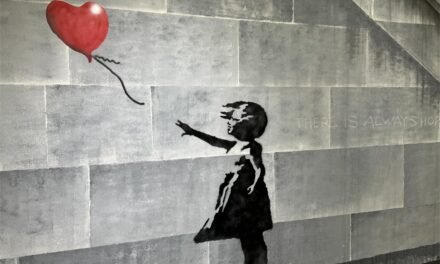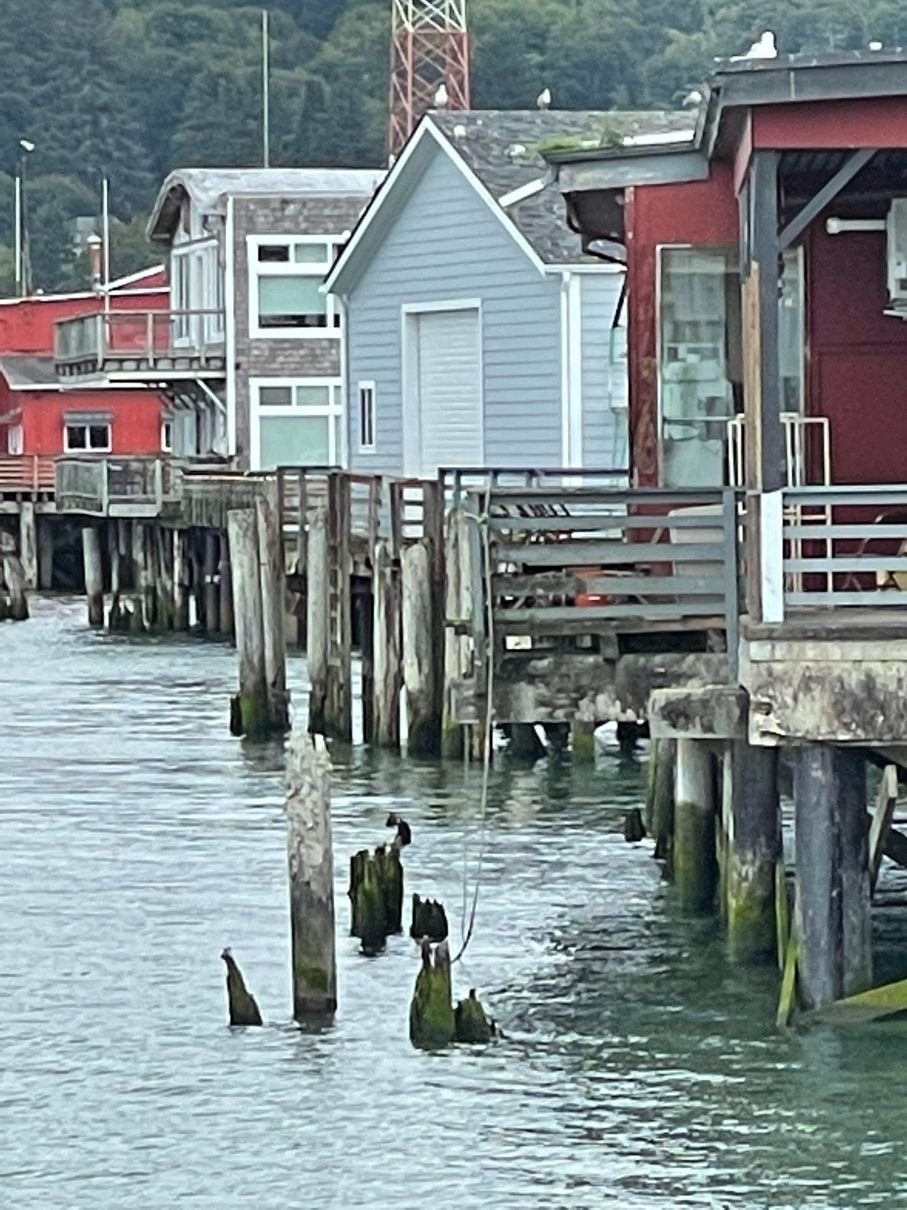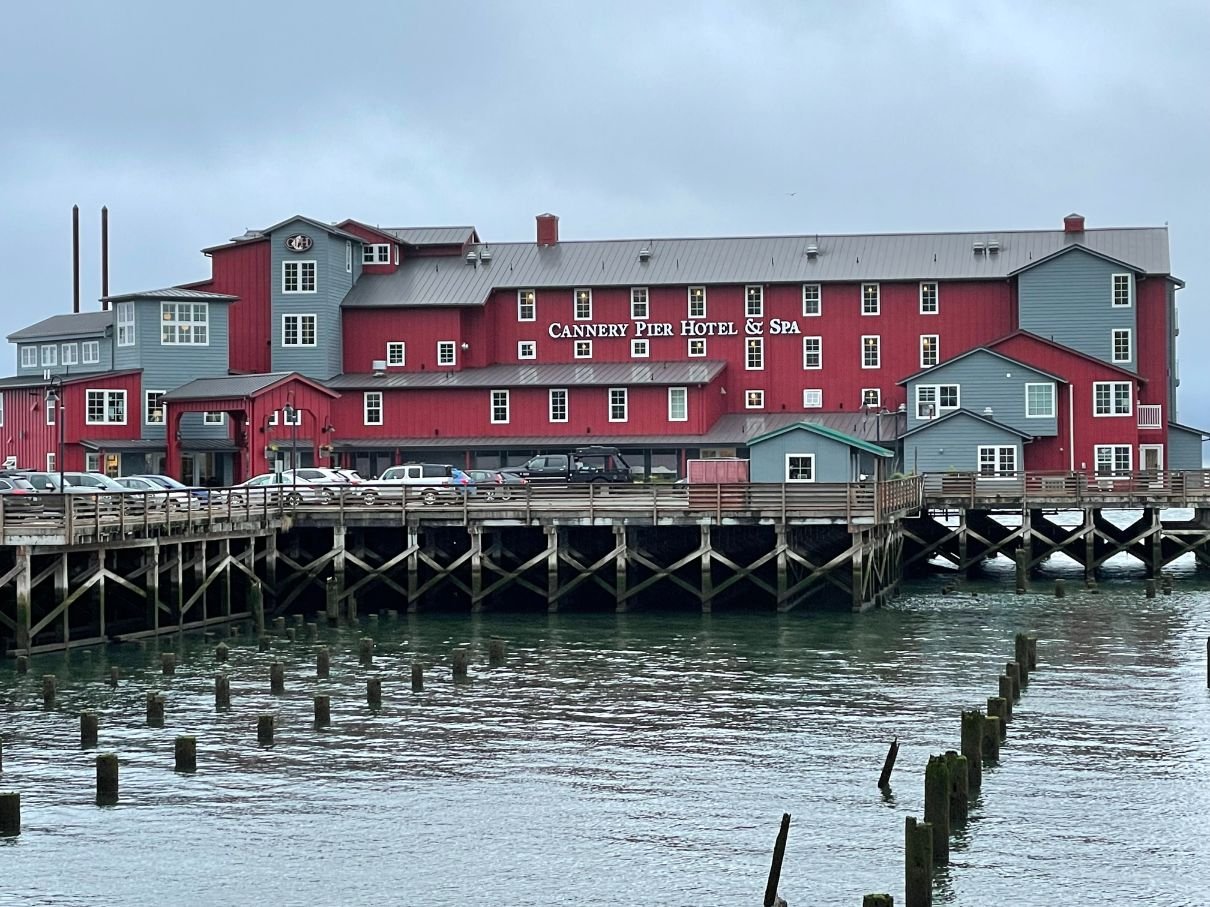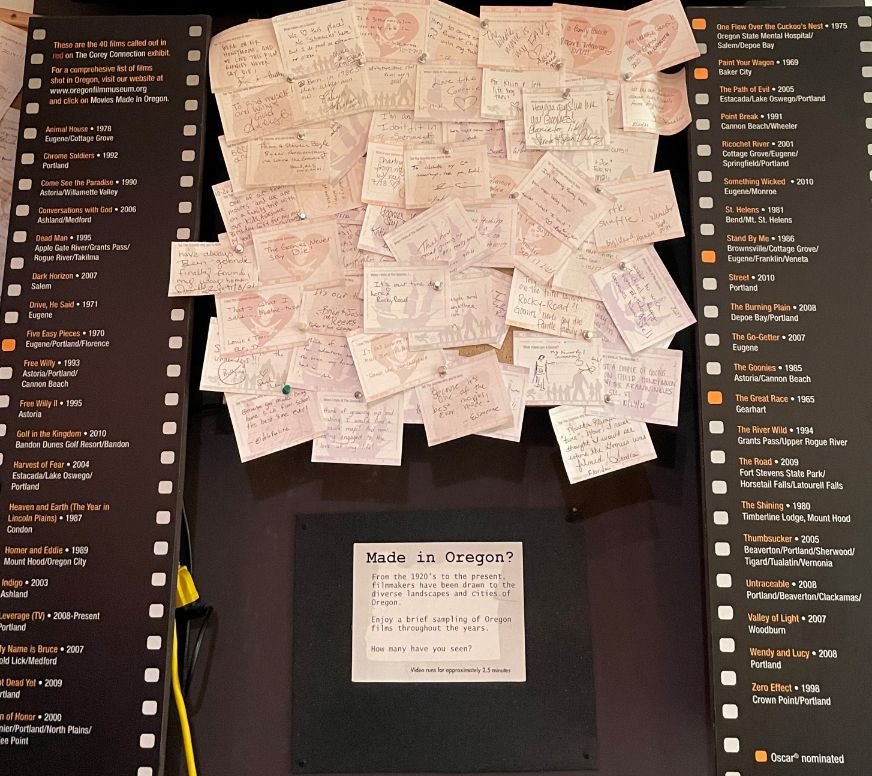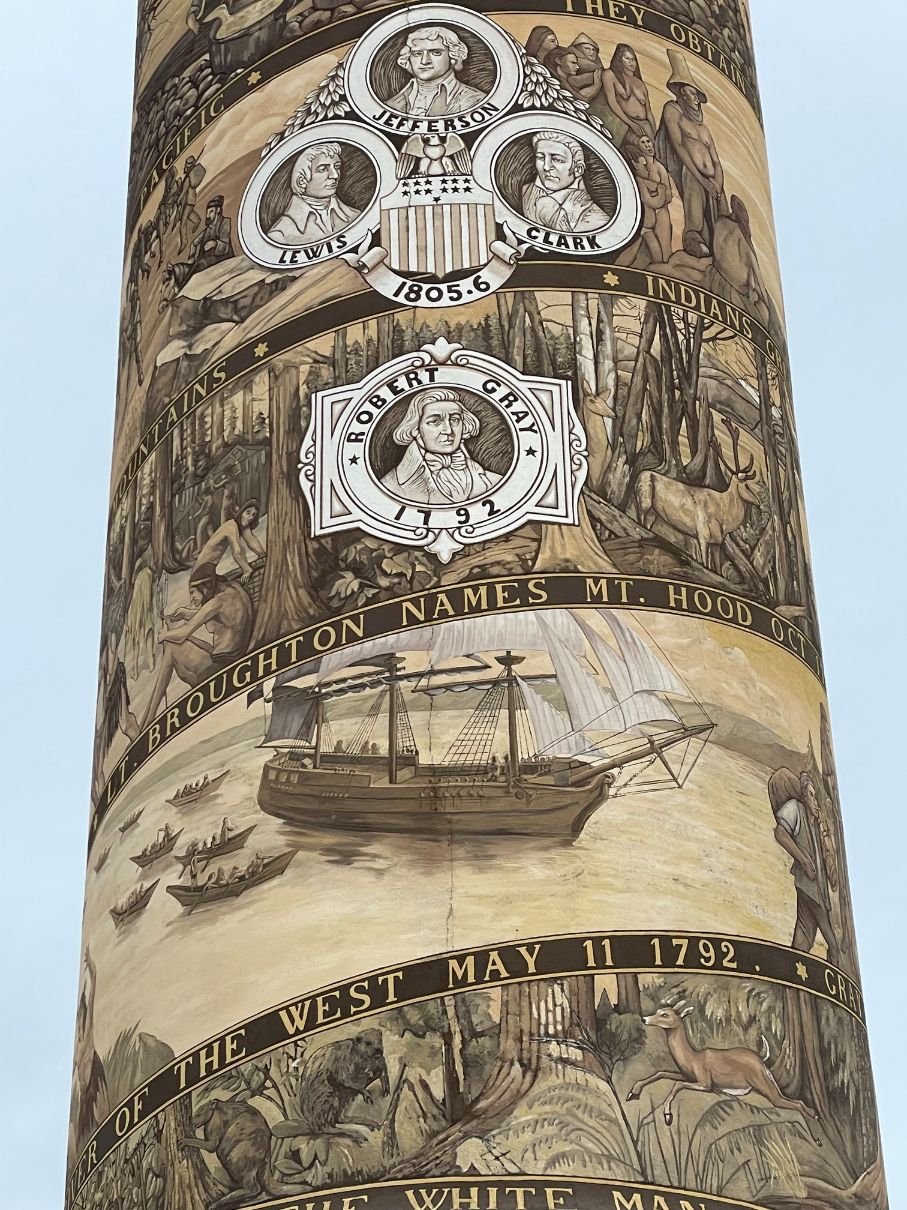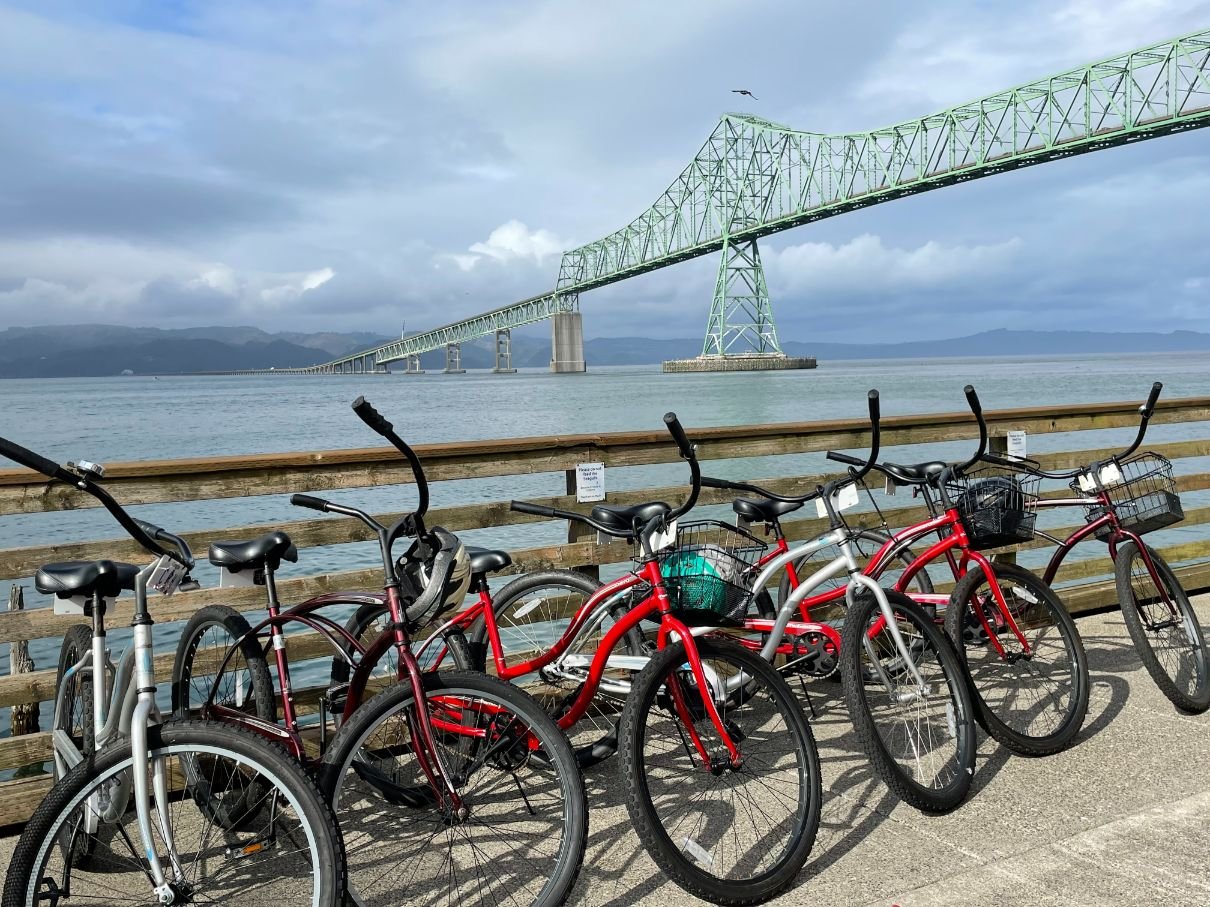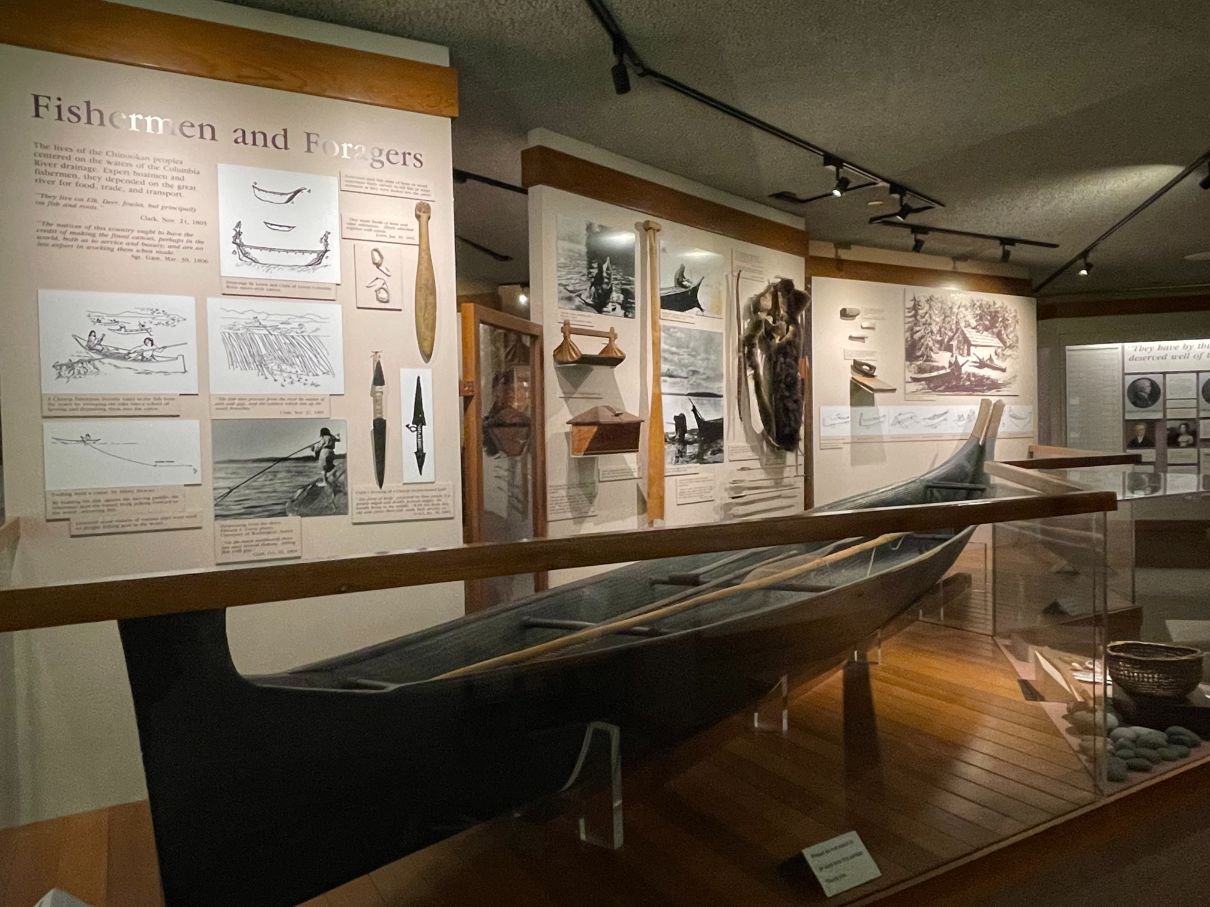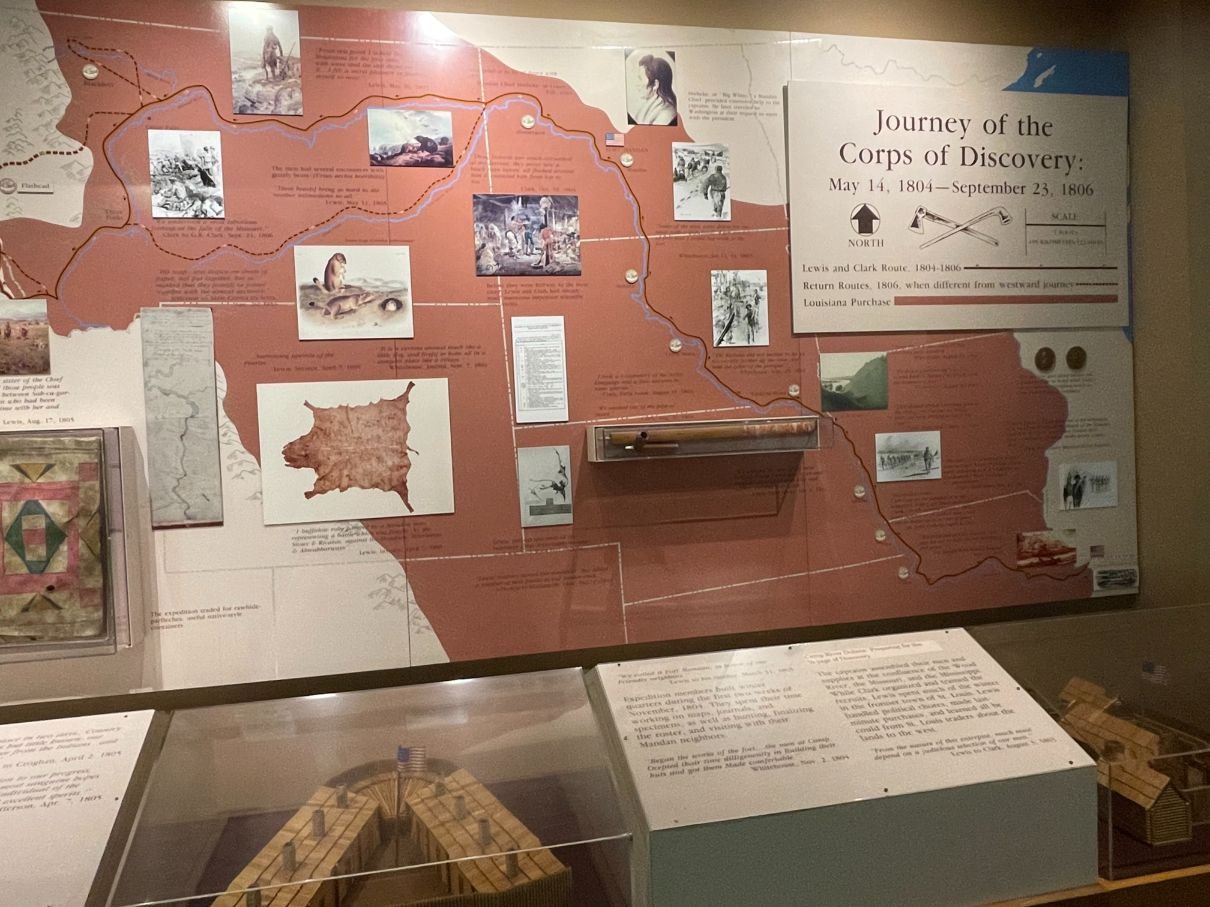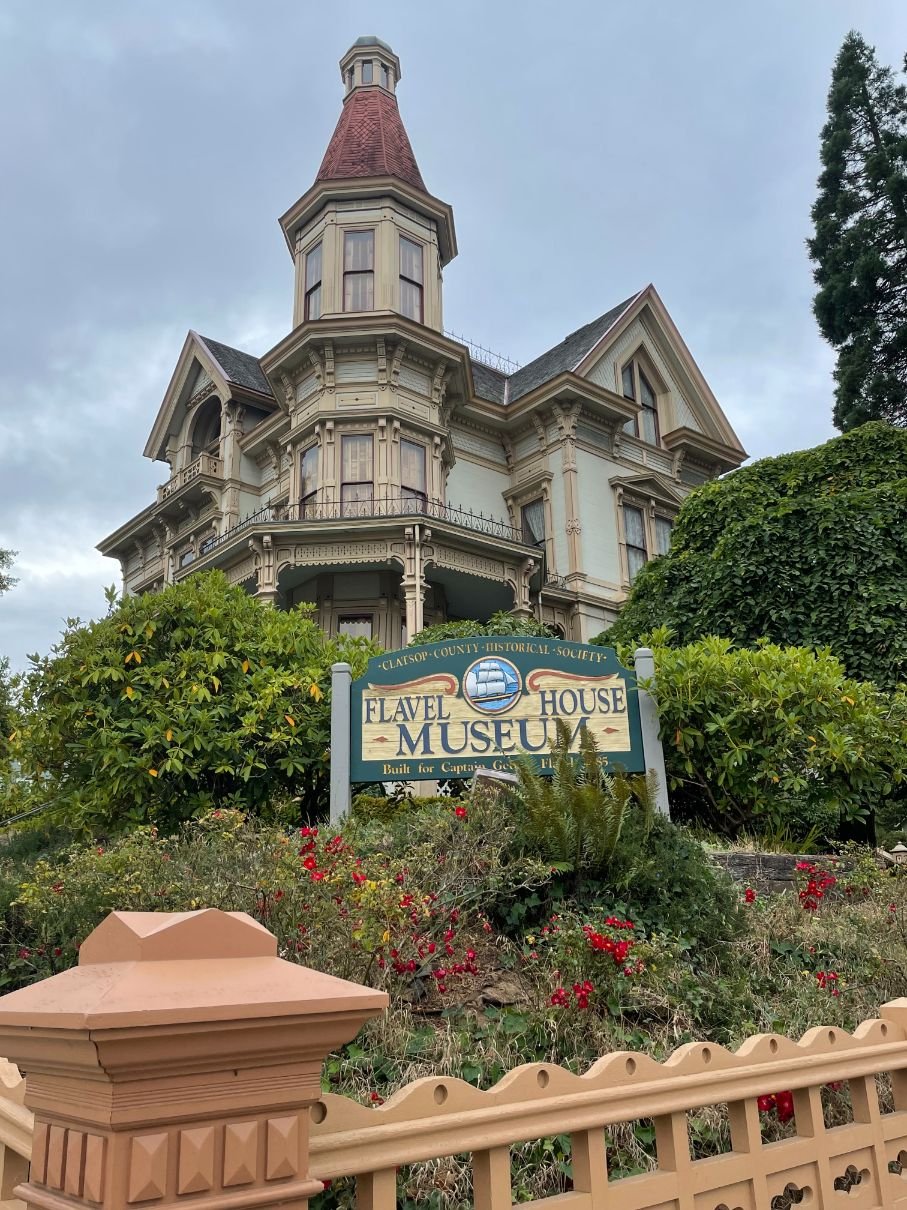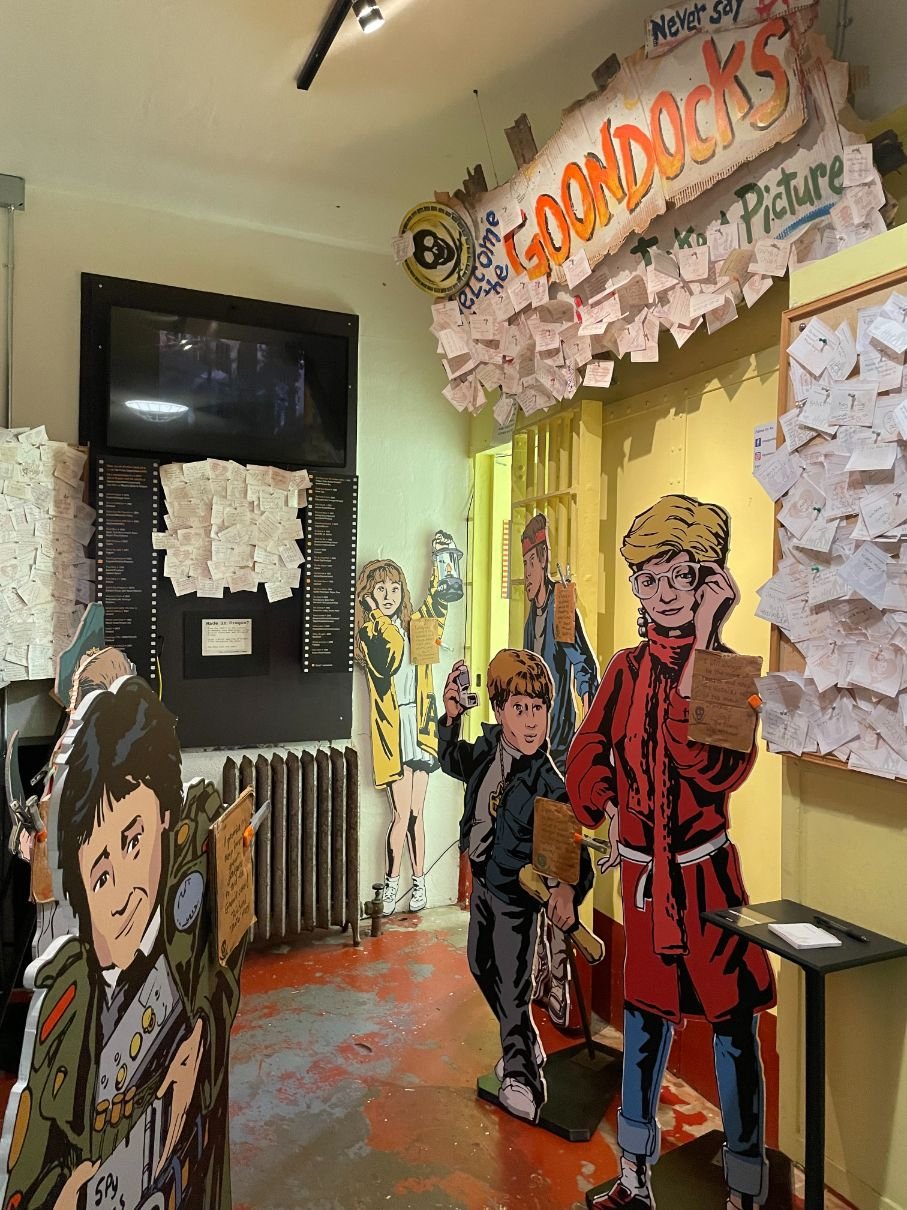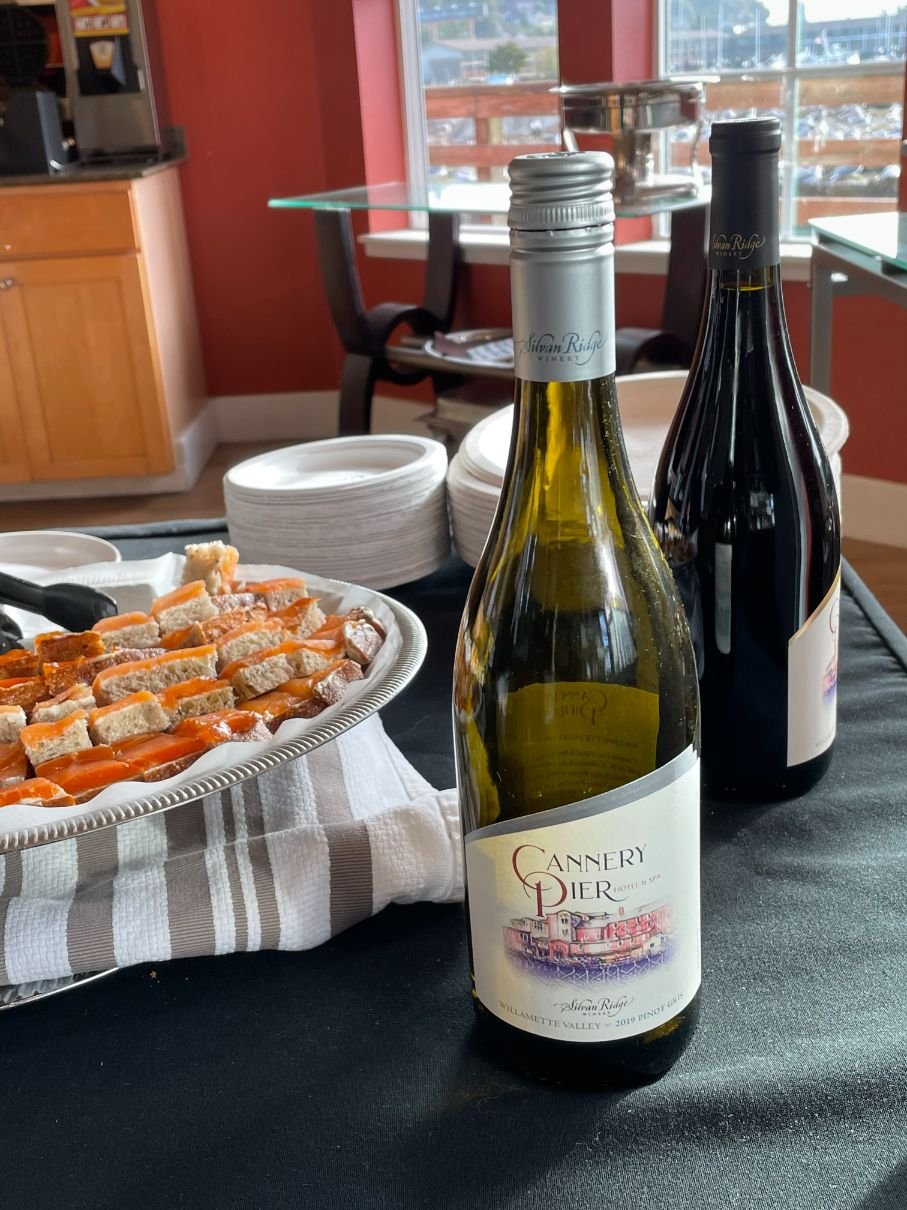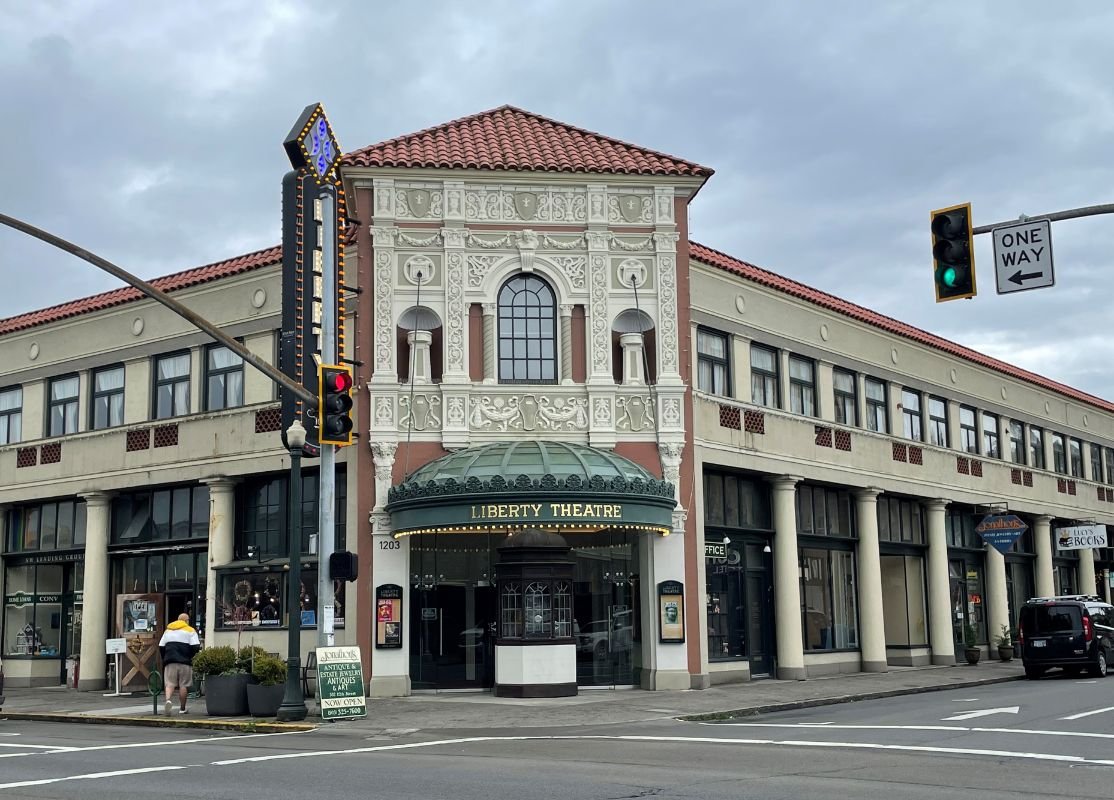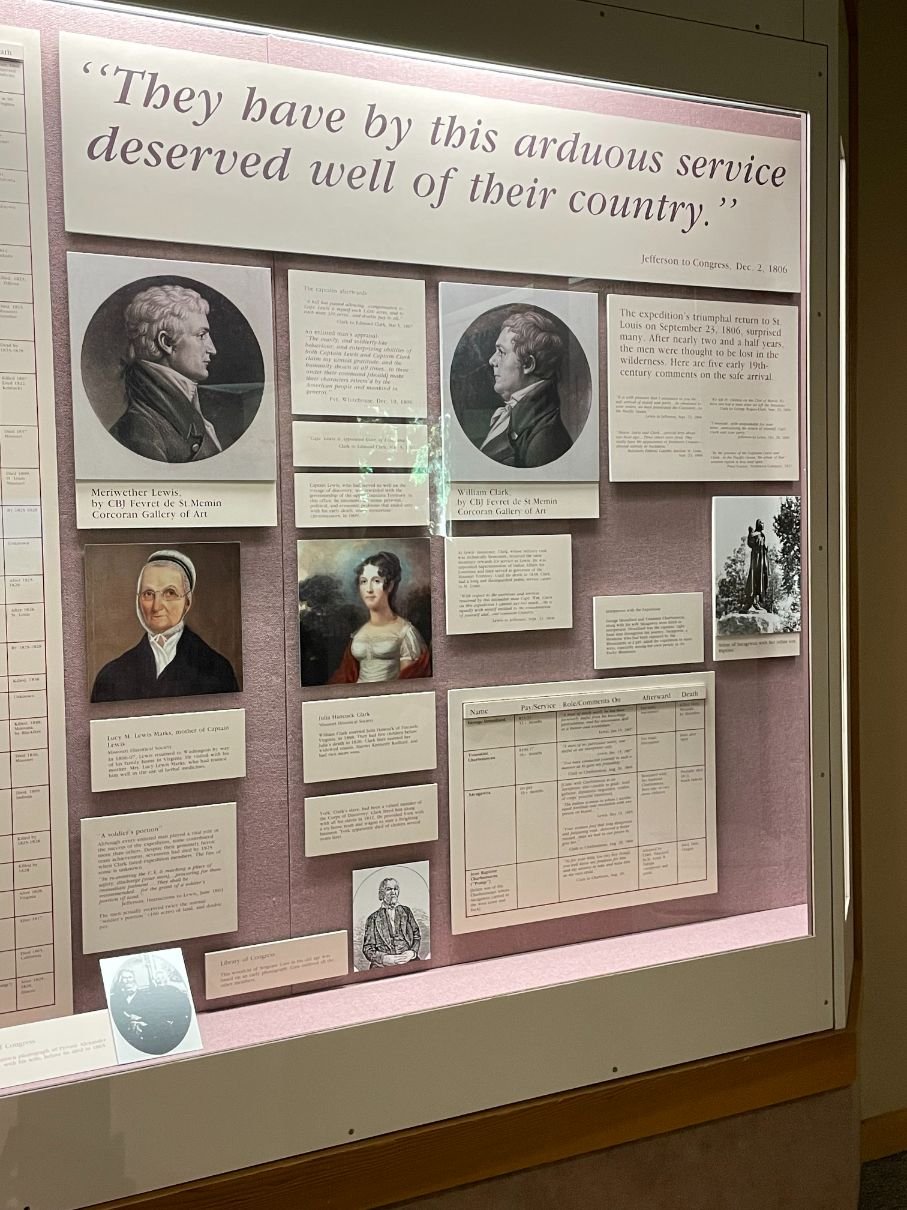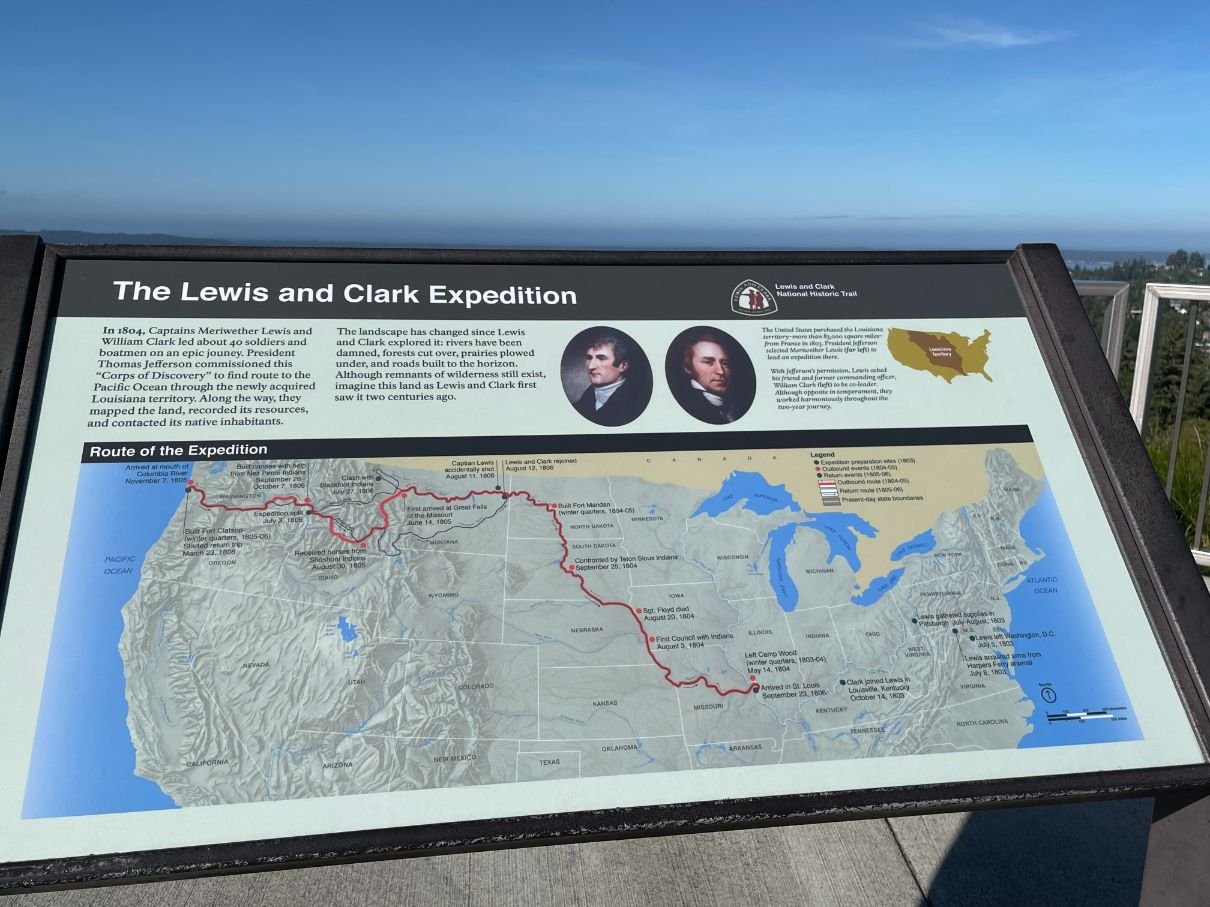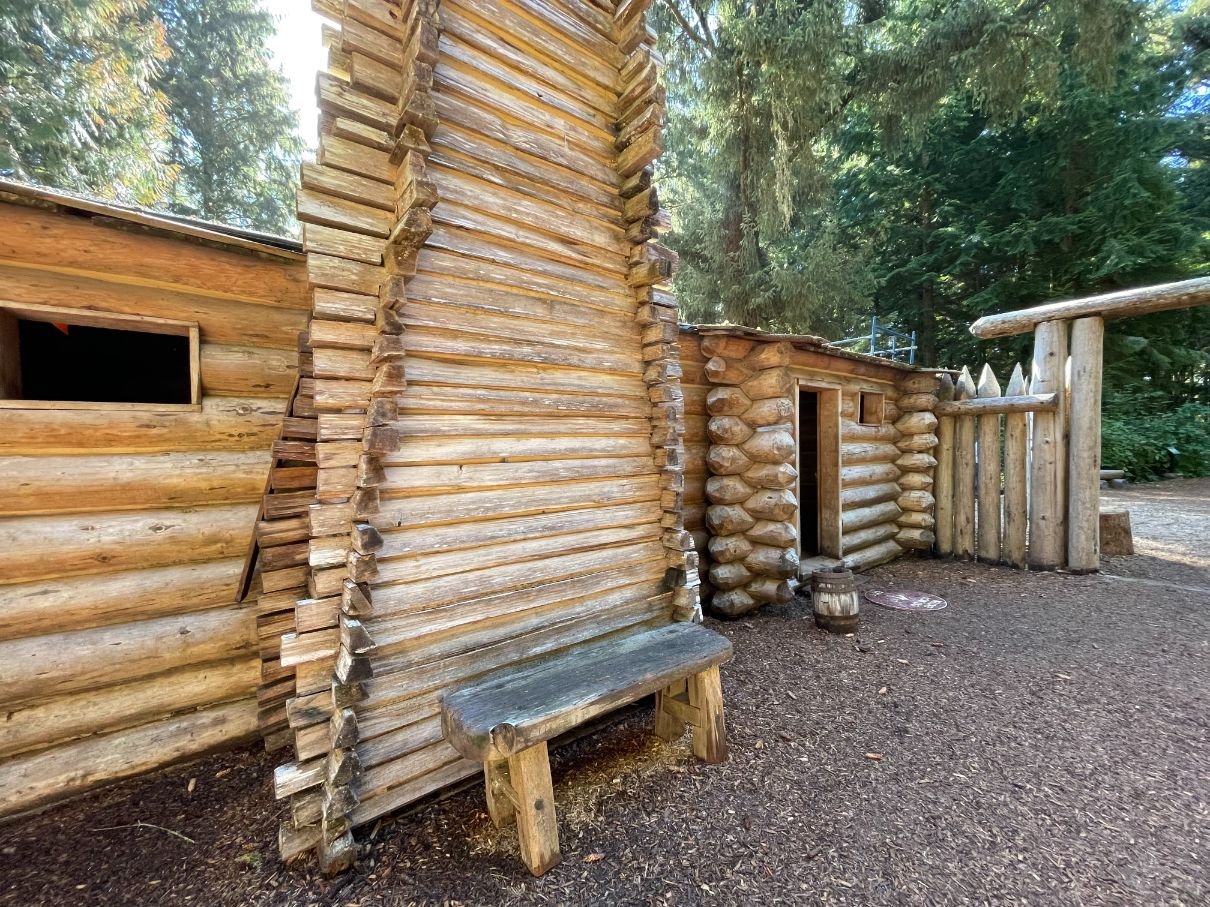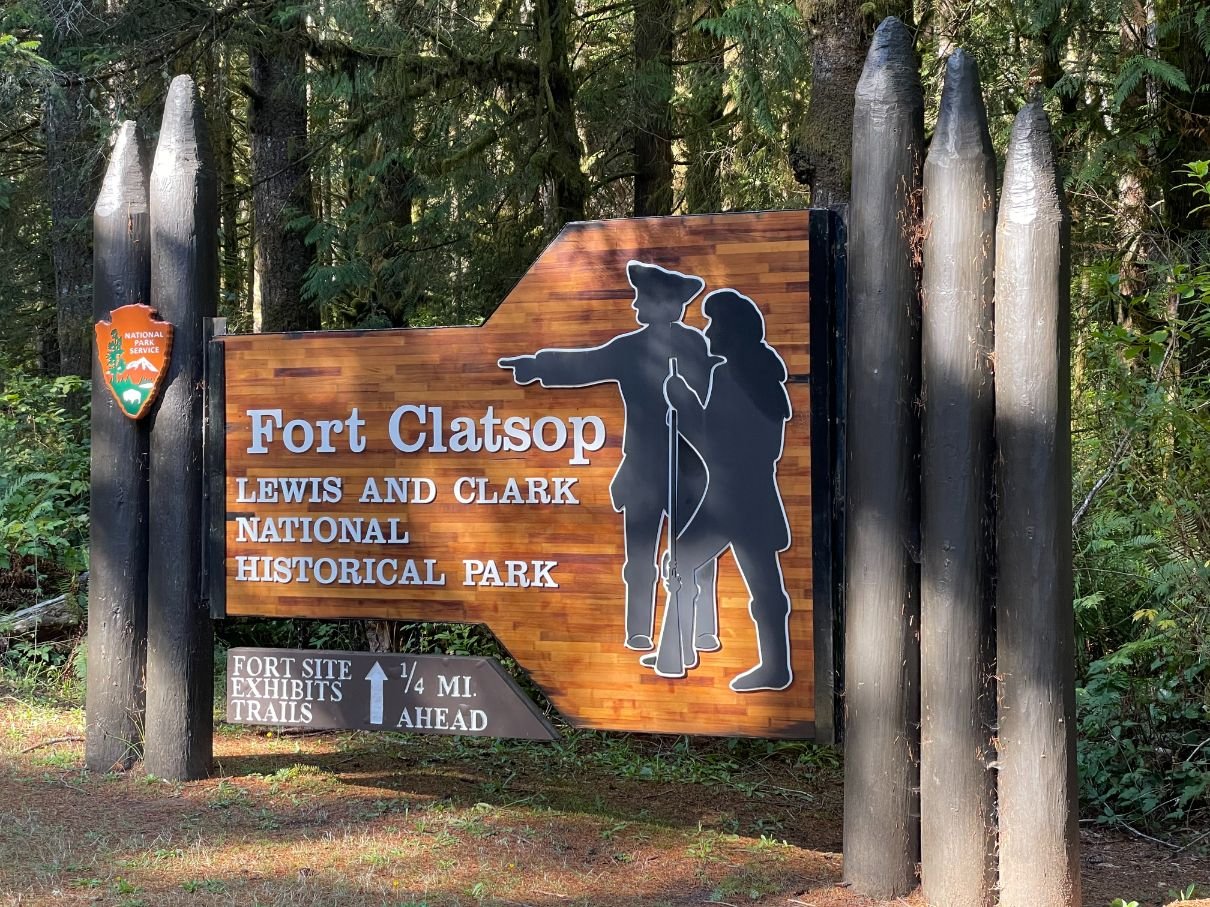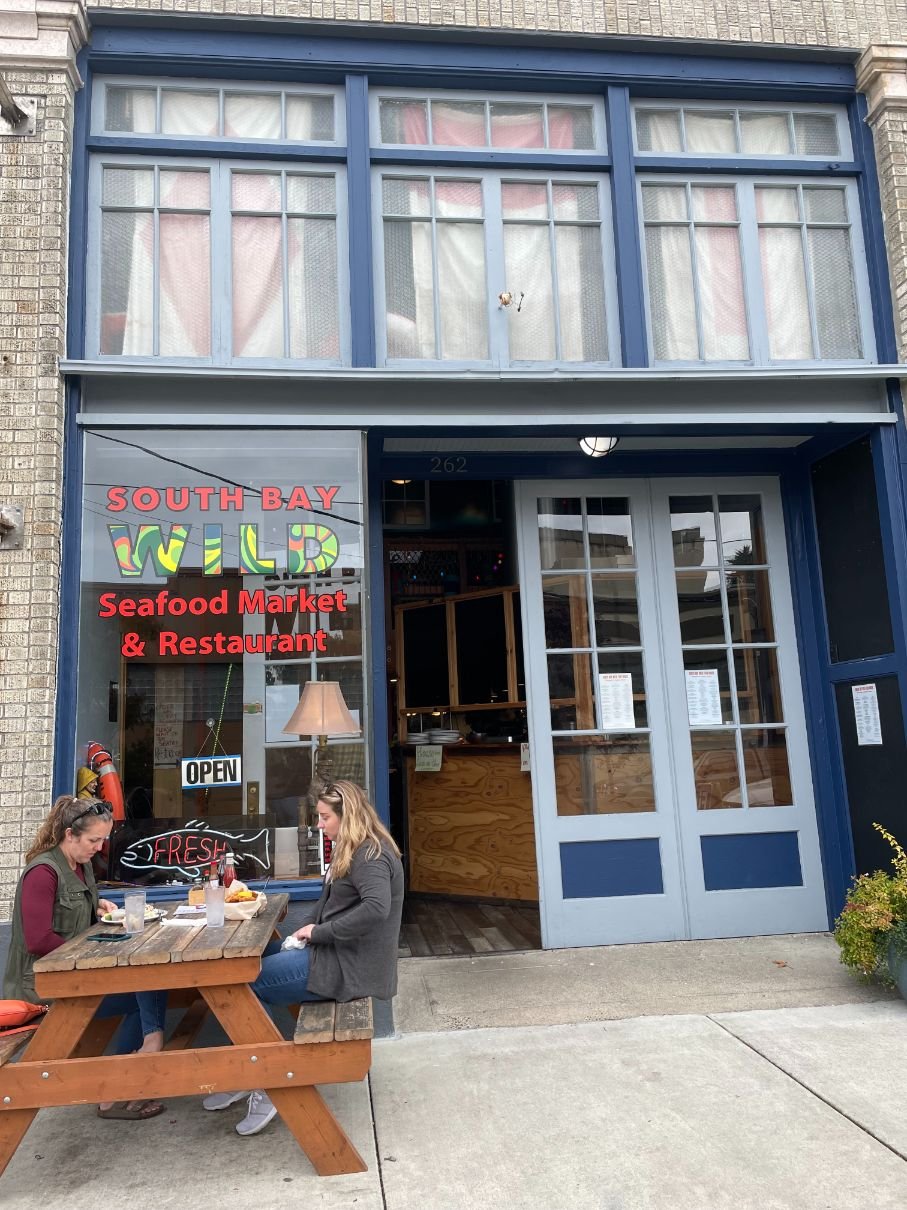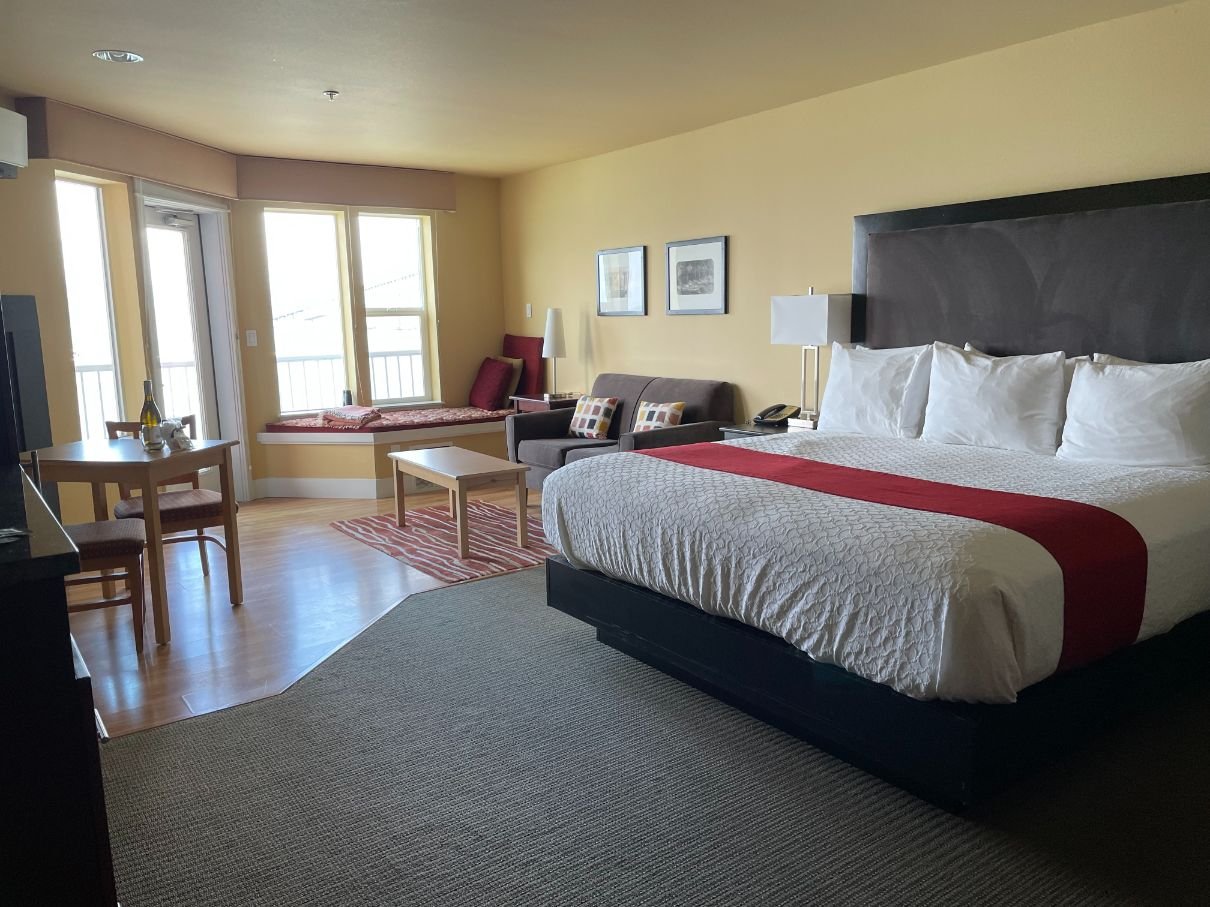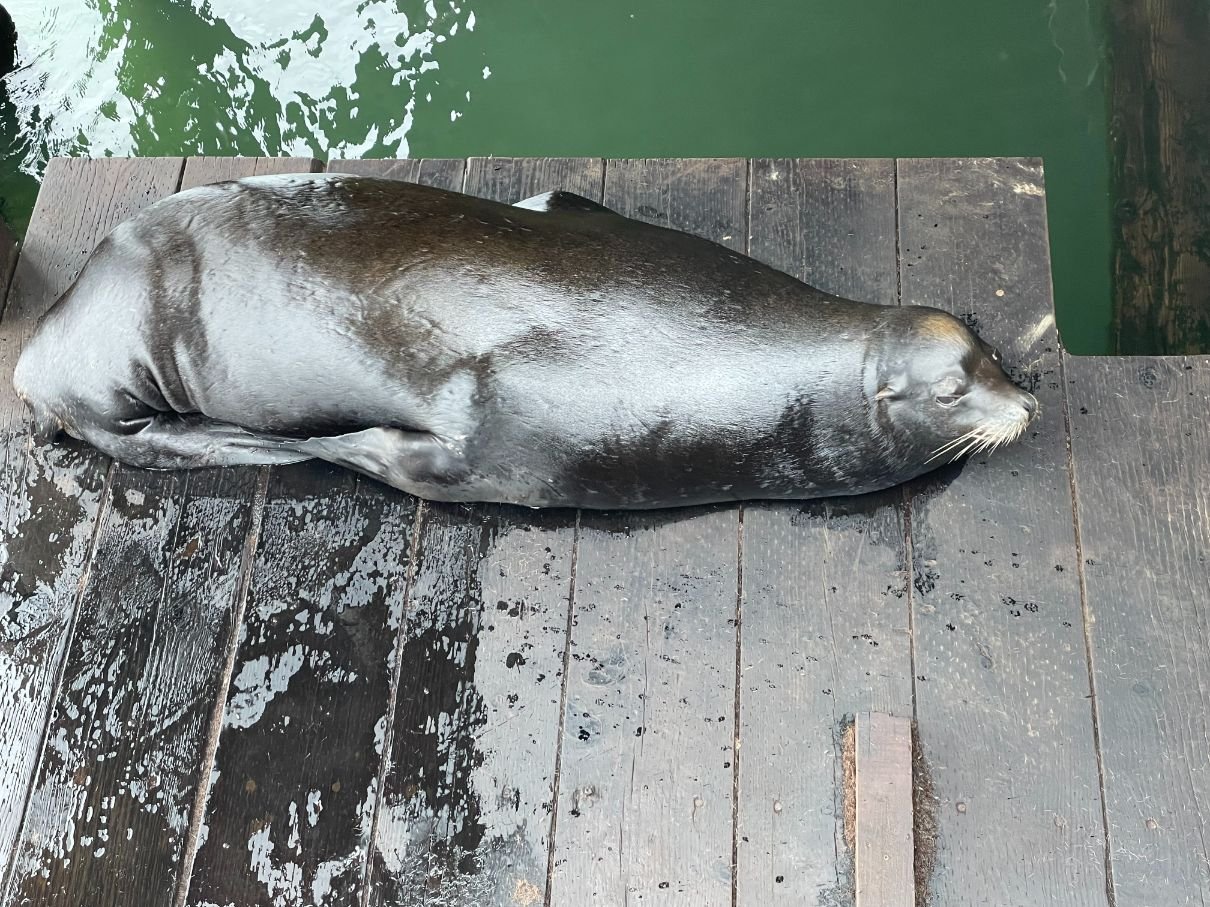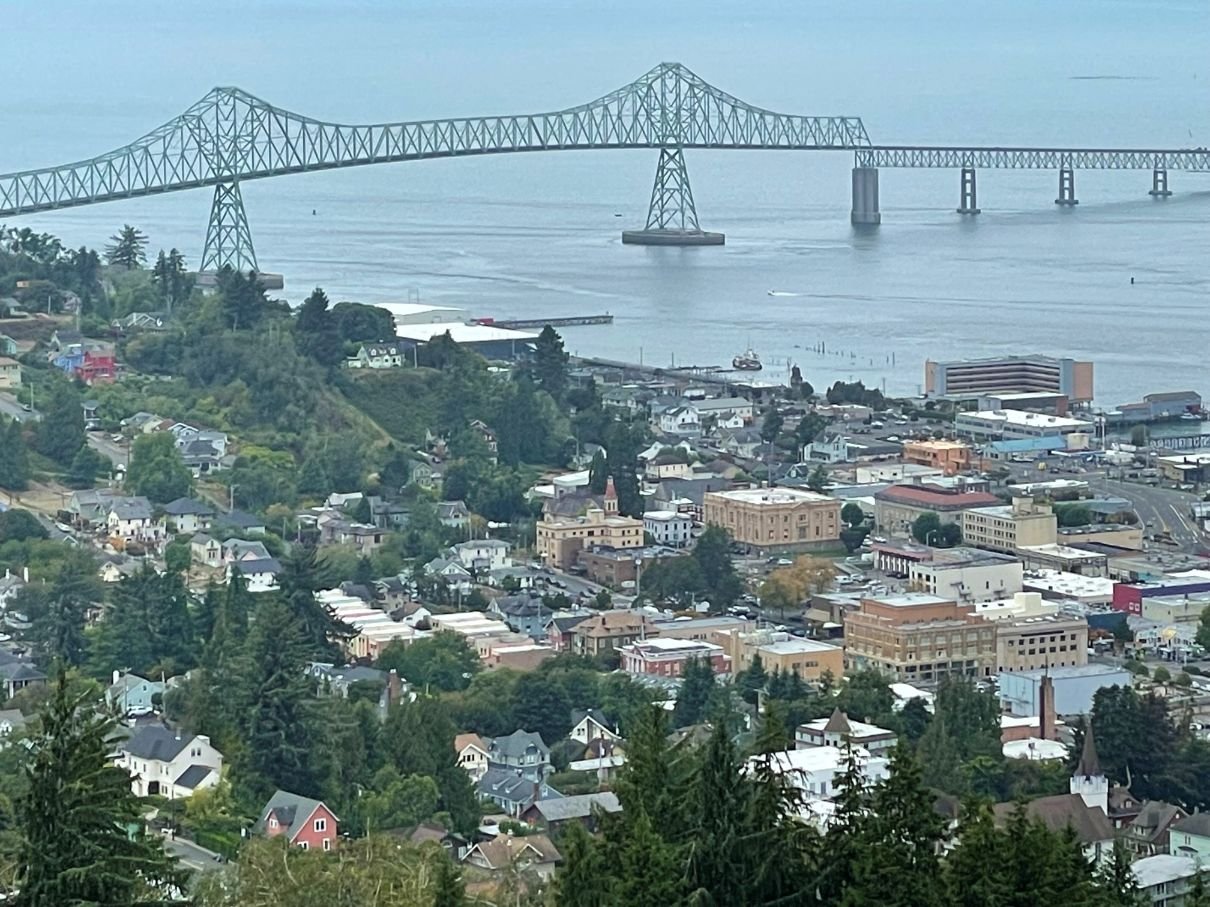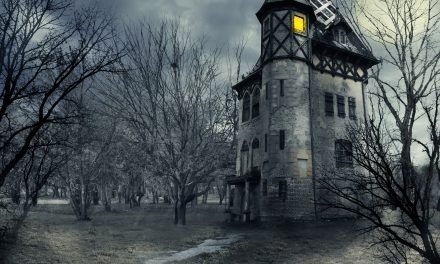
Quirky, cool and authentic – that’s Astoria!

If you’re a movie buff, put Astoria, Oregon on your list. This Columbia River port town, where grit meets hip, has often been referred to as “Hollywood North.”
Though it was “The Goonies,” the cult classic that put the city on the map back in 1985, there have been a number of other pictures filmed in the area over the years. The list includes such notables as “Kindergarten Cop,” “Short Circuit,” “Free Willy, “Teenage Mutant Turtles 3,” “Come See the Paradise,” “The Great Race” and “The Ring Two,” as well as episodes of TV shows like, “Movin’ On” and “Dexter.”
To learn more about the movie scene in town, stop in at the Oregon Film Museum. Housed in the historic Clatsop County Jail, which served as the site of the jailbreak in “The Goonies,” this tiny museum provides information about Hollywood’s footprint in Oregon and offers visitors a chance to get in front of and behind the camera for their own turn at stardom. You can also take your mug shot on the sheriff’s wall, leave a message for the Goonies, and check out the prop wall. Before leaving, grab a map of scene locations and set off to discover some of the memorable sites.
As to why Astoria is sought after by everyone from Steven Spielberg to Arnold Schwarzenegger, the answer is obvious as you explore this Northwest gem. Breathtaking views are everywhere, with an array of versatile locales that can pass for everything from Mayberry-like towns to even ancient Japan.
Astoria is picturesque from all angles. It’s surrounded by forests, overlooks the Columbia River and is a stone’s throw away from the ocean. Quaint Victorian homes dot the town’s steep hillside, while the Downtown Historic District has numerous buildings on the National Register of Historic Places.
The city’s roots are deep, as it was founded in 1811, and has the claim of being the first permanent U.S. settlement on the Pacific Coast. Additionally, it was formerly the salmon and tuna canneries’ capital of the world.
To delve into Astoria’s rich and colorful past, head to the Flavel House Museum, an 1885 grand dame that was once home to Columbia River Bar pilot, Captain George Flavel. The two-story residence sits on lush grounds covering an entire city block and has been listed on the National Register of Historic Places since the early 1950s. Note the steeply pitched roof, the octagonal-shaped tower and wrap-around porch – characteristics of the Queen Anne architectural style design.
Inside the 11,600 square-foot mansion, you’ll find original woodwork, period furnishings, elaborate hand-carved mantels and towering ceilings embellished with plaster medallions and crown moldings. There’s a formal parlor, music room, library, dining room and conservatory on the first floor, and five bedrooms on the second. The tower was the Captain’s roost, as it gave him a good view of Astoria and the Columbia River, allowing him to keep a close eye on the ship traffic.
Take a peek in the Liberty Theater, a historic Vaudeville theater and cinema where Clark Gable once performed. The venue continues to have a viable presence in the community, offering a series of shows and live concerts each year.
Don’t miss the Astoria Column, the city’s most popular landmark. Built in 1926, it tells the story of the history of the area via a colorful mural painted around its 125-foot-tall structure. There are fourteen scenes and over twenty text messages depicted, illustrating such events as the discovery of the Columbia River in 1792, the establishment of American claims to the Northwest Territory, Lewis and Clark reaching the Pacific and the arrival of the Great Northern Railway. Climb the 164 winding steps to the top for jaw-dropping, 369-degree views of the river, ocean and town. On a clear day, you can see for miles.
Nearby Fort Clatsop provides another dose of history. Built by Lewis and Clark and the Corps of Discovery back in 1805 at the end of their 4,000-mile trek, it served as a winter shelter for the explorers. They named the place for the local Native American tribe, the Clatsop, who had treated the group with warm and generous hospitality.
During their stay at the fort, the Clatsop were frequent visitors, who came to trade and interact with the men. The captains found them to be inquisitive and intelligent, as well as shrewd traders and masterful canoe builders. A friendship grew between the two groups and when Lewis and Clark and Corps departed, they gave the fort and its furnishings to the Clatsop leader.
During your visit, you can see a replica of Fort Clatsop onsite, as well as tour the visitor center’s exhibit hall, watch the orientation films and join one of the ranger-led, living history programs to get an idea of what life was like back then. You’ll also find the trailheads for the Fort to Sea and the Netul River trails. The former takes you through verdant forests, along rivers and across the coastal dunes to the ocean, as you walk in the footsteps of the Corps of Discovery. The latter leads to a landing, featuring a kayak/canoe launch and a life-sized statue of Sacagawea and her son.
Fort Clatsop is one of about a dozen locations that make up the Lewis and Clark National Historical Park, and mark the accomplishments of significant aspects of the Corps of Discovery’s mission. The park circles the mouth of the Columbia River and stretches some forty miles along the coastlines of both Oregon and Washington.
As waterways have always taken center stage in the area, you’ll want to drive across the 4.1-mile-long Astoria-Megler Bridge for a look at the mighty Columbia River. The bridge, which connects Oregon to Washington, has the distinction of being the longest continuous truss bridge in North America. If you want to walk the span, you’ll have to plan ahead for the one day a year when it’s open to pedestrians during the Great Columbia Crossing (typically held on the second Sunday in October).
After your bridge foray, head to the Columbia River Maritime Museum for a crash course on fishing, shipping and military history. The renowned museum, with its unique wave-form roof, is located on the waterfront and is chock full of fascinating exhibits. You’ll learn, for example, that mariners refer to the Columbia River Bar as the Graveyard of the Pacific. This perilous area is where the Columbia and Pacific Ocean meet. In extreme weather, waves can exceed forty feet in height. Combine high seas with shifting sand bars and shallow areas and you have one of the most treacherous passages in the world. A whopping 2,000 ships have sunk here since 1792 and 700 people have lost their lives.
I had a whole other level of appreciation and respect for the U.S. Coast Guard after spending time among the displays about those individuals who train to be rough-water rescuers at Cape Disappointment. Notably, these courageous men and women rescue upwards of 600 individuals each year.
Another exhibit looks at the science of predicting weather and the technology used in the process. The Pacific Northwest is known for experiencing volatile weather and being able to forecast storms is essential to the livelihood of mariners. Here you can view earth from space and see storms over the ocean as they develop. And if you want to try your hand at giving a weather forecast, have at it!
You can also observe a full-size fishing trawler at work, explore a retired pilot boat and take a self-guided tour of a floating lightship. While in the exhibit, “Mapping the Pacific Coast,” you’ll get an understanding of the progress of geographic discovery through a series of historical maps dating back 460 years ago.
Stroll along the Astoria Riverwalk to indulge in fabulous views of the bay and the bridge. Watching the large freighters pass under the bridge never gets old. Nor does being amused by the honking sea lions that chill out alongside the harbor front.
And when you want a bite to eat, you’ll have plenty of options, from comfort food to farm-to-table fare. Naturally, seafood plays a prominent role. Try the South Bay Wild Fish House for Petrale sole fish tacos, clam chowder, crab and shrimp cakes and seafood fry bread. Or Bowpicker Fish & Chips for beer battered Albacore tuna served from a converted gillnet boat across the street from the Maritime Museum.
For a nice dinner, reserve a table at Bridgewater Bistro, where you’ll dine on pastas, fresh fish and a selection of carnivore-friendly dishes. The handsomely restored building, with its soaring ceilings and floor-to-ceiling windows, overlooks the river and bridge.
Astoria is also on the North Coast Beer Trail, which means there’s plenty of places to satisfy craft beer lovers. Most offer hearty pub menus along with a variety of pours. Among the options are Buoy Beer Company, Rogue Ales Public House, Astoria Brewing Company and Hondo’s Brew Pub.
I made the Cannery Pier Hotel & Spa home base during my visit. Opened in 2005, this luxury boutique property is built on top of 100-year-old piers that were once the home of the Union Fisherman’s Cooperative Packing Company. The hotel was the vision of Robert “Jake” Jacob, an Astoria native, who spent fourteen years making his dream become reality. As owner and architect, he designed the place to recreate the ambiance of the canneries of yesteryear with exposed steel beams, smokestacks and wooden trusses. You can learn all about the history of the property in the onsite Cannery Pier Museum.
It’s hard not to fall in love with this hotel. The location alone is unbeatable, as it’s situated right on the river, with an up-close view of the towering Astoria-Megler Bridge. Every room has a view and private balcony, and the lobby hugs the water, so you’re never far from a spellbinding scene. You’ll be mesmerized watching the river traffic go by through the shipping channel, and noting the landscape change colors and moods depending on the weather and time of day.
Rooms range from double queen deluxe and deluxe king style options to one-bedroom suites. They are well-appointed with claw-foot or jetted tubs, separate vanity area, dining table and chairs, mini fridge, microwave and a cozy window seat, complete with Pendleton blanket and binoculars.
A complimentary continental breakfast is provided with a selection of hot and cold items. Later, there’s a happy hour with regional wine and hors d’oeuvres. And to top it off, there are nightly fresh-baked cookies.
You also have use of cruiser bicycles, a hot tub, Finnish sauna and exercise room. Plus, there’s an onsite spa that offers a variety of treatments to up the relaxation ante.
And for the utmost in luxury, guests can take advantage of the complimentary vintage chauffeur car service to take them anywhere in town – in style.
The hotel will soon undergo an exciting transformation to expand the property and debut a new bar and restaurant concept. Plans also include enhancements to the spa and fitness areas, as well as the addition of original art from local artists and new exhibits for the expanded Cannery Pier Museum that will pay homage to Astoria’s unique history and the hotel’s connection to the community.
If you go:
For all things Astoria: travelastoria.com
Cannery Pier Hotel & Spa: cannerypierhotel.com


